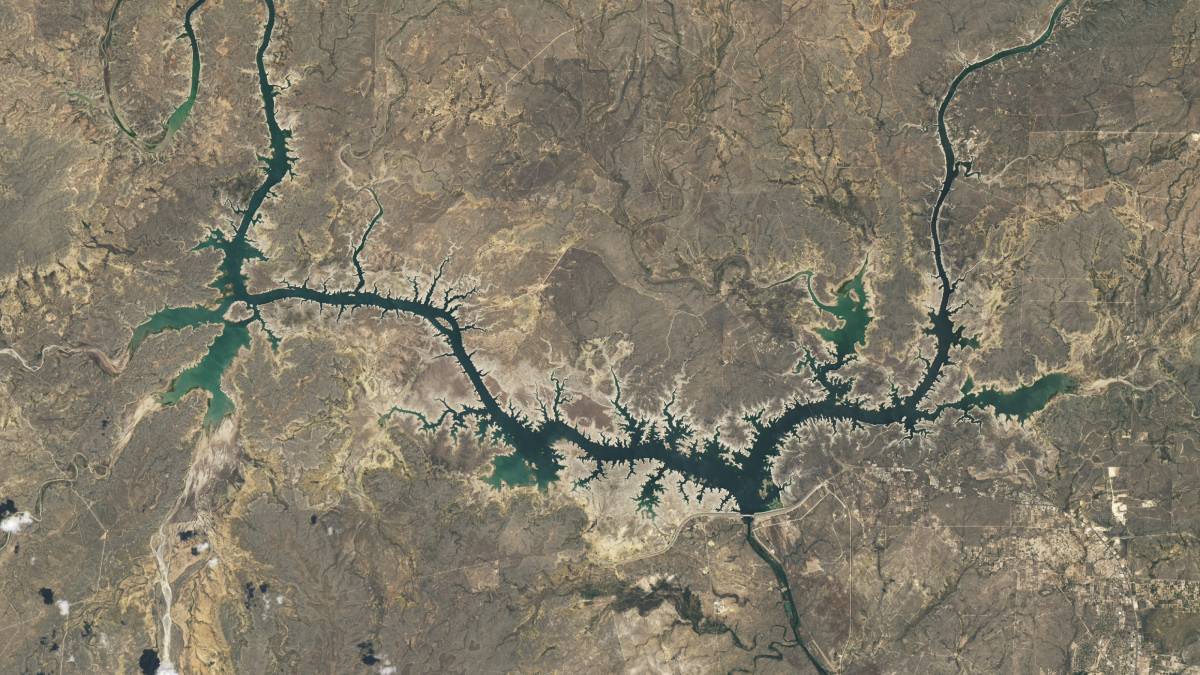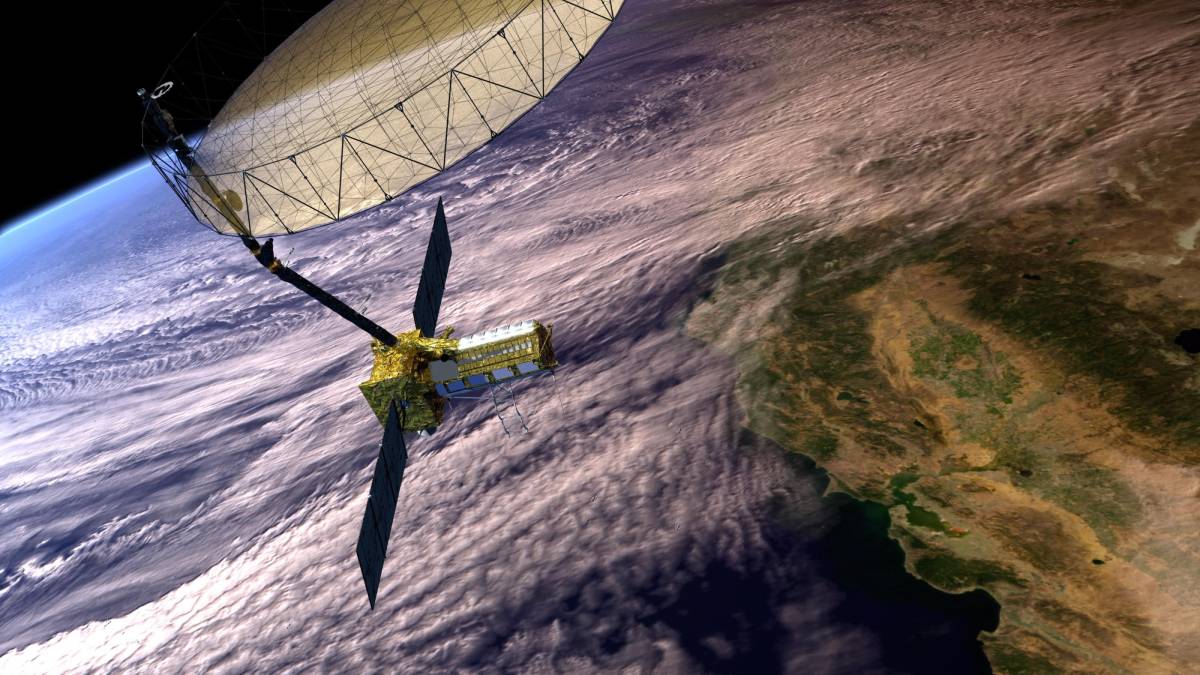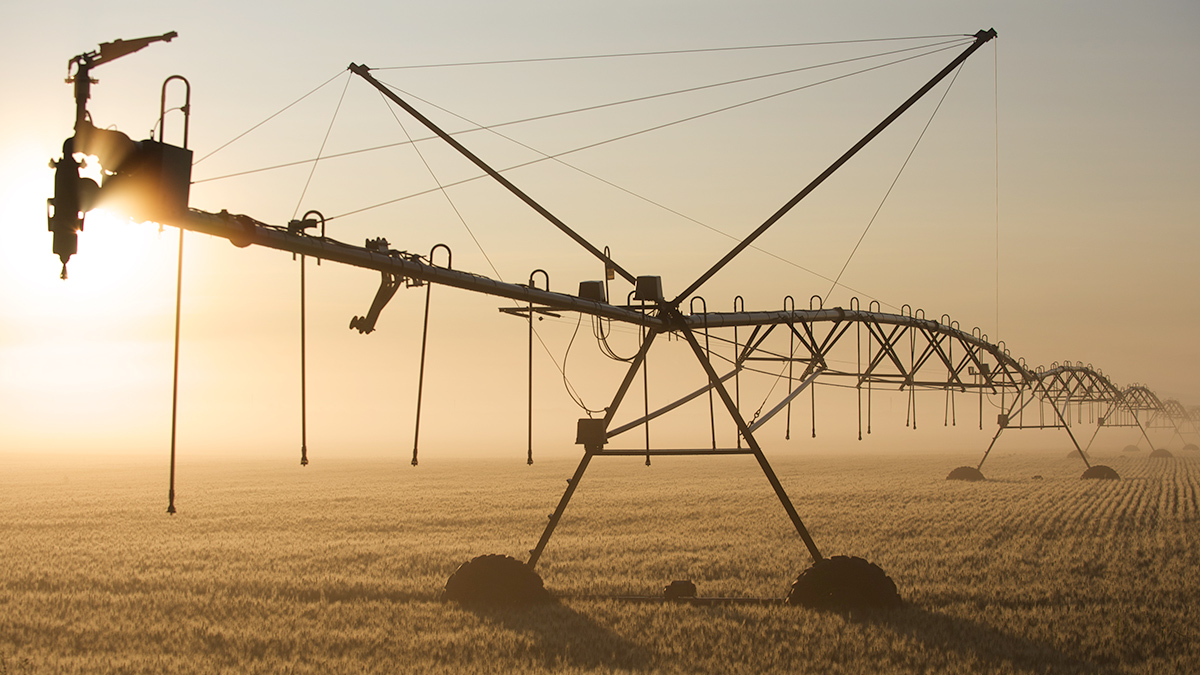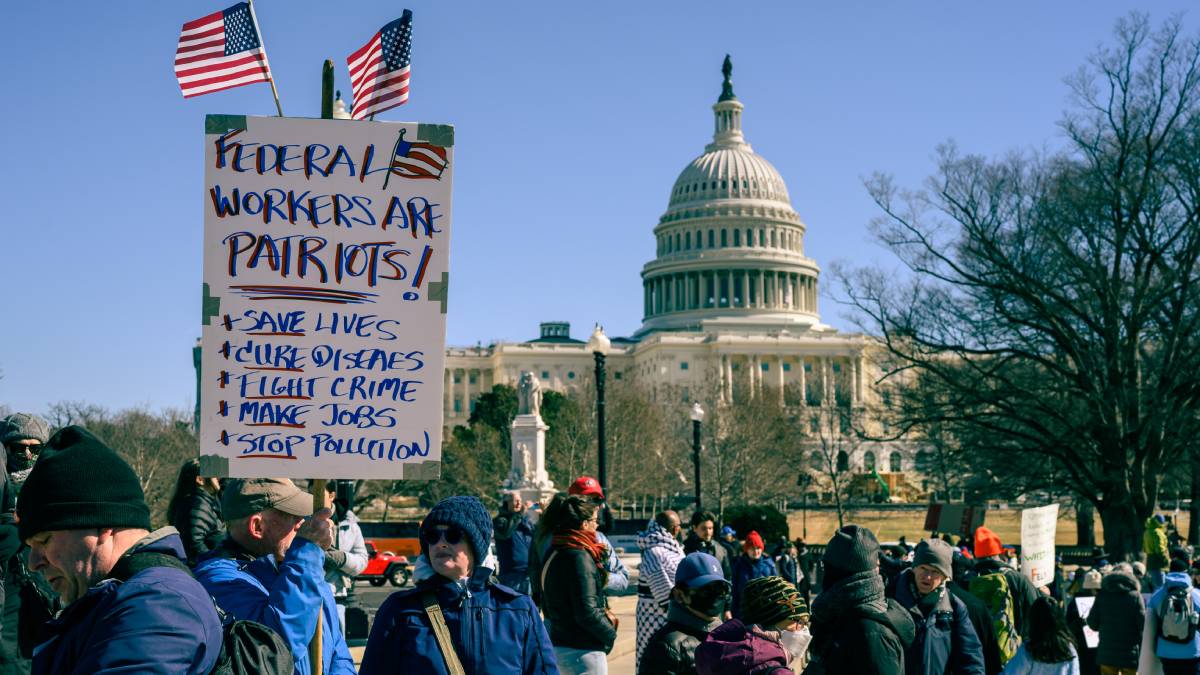Mexican and U.S. officials announced that Mexico will immediately transfer some of its water reserves to the United States and also allow a larger share of the Rio Grande River to flow into the United States.
United States
Tracking Science Policy Across the U.S. Administration
The new administration has taken an array of decisive actions with far-reaching consequences for Earth and space scientists. Use our new tool to help sort them out.
“Transformational” Satellite Will Monitor Earth’s Surface Changes
The mission, jointly operated by the United States and India, will measure minute changes to land, ice, and ecosystems around the globe.
NASA Science Faces an “Extinction-Level Event” with Trump Draft Budget Proposal
The initial draft of President Donald Trump’s budget request proposes devastating cuts to NASA’s science research, future space missions, and field centers.
“Thirstwaves” Are Growing More Common Across the United States
Like heat waves, these periods of high atmospheric demand for water can damage crops and ecosystems and increase pressure on water resources. New research shows they’re becoming more severe.
NASA Abandons Pledge to Put Women, Astronauts of Color on the Moon
NASA has dropped its commitment to land the first woman, the first person of color, and the first non-American astronaut on the Moon through the Artemis program.
French Scientist, En Route to Conference, Denied U.S. Entry for Trump-Critical Messages
On 9 March, a French researcher traveling to a science conference near Houston, Texas, was denied entry to the United States and expelled back to France.
Firings Reversed: Judge Says Some Federal Workers Must Be Reinstated
Today, a federal judge in San Francisco ordered the Trump administration to offer reinstatement to all probationary employees previously fired from the departments of Agriculture, Defense, Energy, Interior, Treasury and Veterans Affairs.
Will Its $154 Billion Price Tag Keep Dust from Being Swept Under the Rug?
Data from 2017 show that costs associated with dust were second only to hurricanes when comparing billion-dollar disasters.
Food Insecurity Is Linked to Heart Disease and Diabetes in the United States
A new study examines the geographic and demographic connections between health and a lack of consistent access to food, finding that this link is particularly strong in the South.










